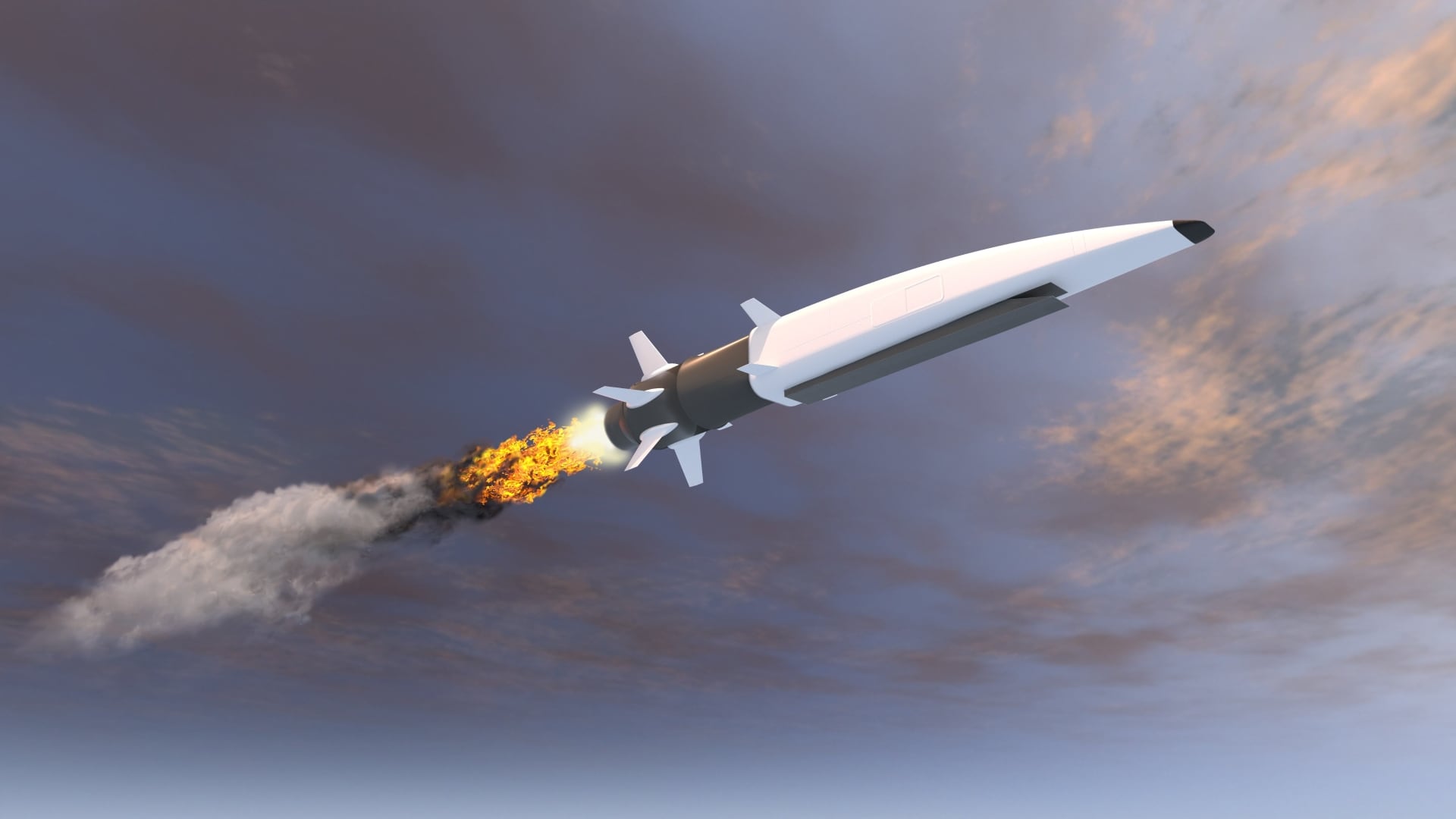Officials from the Program Executive Office Command, Control Communications-Tactical (PEO-C3T) took time on the sidelines of the Association of the U.S. Army annual meeting in Washington Oct. 3 to speak to C4ISRNET about current projects and initiatives, which mainly focused on equipping soldiers more expeditionary and mobile network technologies.
For Col. Troy Crosby, mission command project manager at for PEO-C3T, who just took over in that role in July, he is focused on getting simplicity of the network and getting applications out to the force on both mounted platforms and command posts.
While not in a position yet to field the two main computing environments he works on, the command post computing environment and the mounted computing environment, he said he is using user feedback to make more-informed decisions.
"What we’re doing is we get the engineering releases, we take that user feedback and we’ll cycle that back into the development processes," he said. "What we’re trying to do is get the same look and feel for all the computing environments, be it a command post or mobile vehicle."
Eventually, he said, the goal is to achieve a universal user interface, which will ease the training burden on the solder, making it much more intuitive as they use them while also simplifying soldiers' computing environments.
Officials at PEO-C3T are also working at fielding the second increment of its tactical network, WIN-T. Within this framework, Col. Greg Coile, project manager for WIN-T, said the vision is for one network -- a concept centered on the network as a whole and not individual programs, despite the fact that they receive funding and requirements from individual programs.
"We’re taking a focus internally to focus on vetting requirements and vetting technical solutions and our framework of how it fits into the whole," he said.
He also noted how they want to simplify the network and make it more useable to all, extending mission command.
For full AUSA 2016 coverage: www.c4isrnet.com/ausa2016
Fiscal 2017 will be a busy year for WIN-T, he said, as they have several programs going through testing and fielding. Todd Levine, General Dynamics Mission Systems WIN-T Increment 2 program director, said they are in the middle of initial testing for the program across several Army installations for two new components of WIN-T: the tactical communication node light, or TCN-Lite, and the network operations security center light, or NOSC-Lite, which he described as the central nervous system of the WIN-T Increment 2 network.
Increment 2 is leveraging a lot of commercial investment, collapsing functions amid advancements in technology. For example, Increment 2 is now able to provide capabilities mounted in a Humvee that previously were fielded on a 5-ton system. What‘s important about that, he said, is this is now transportable via a C-130 aircraft or sling-loaded on a Chinook helicopter, as opposed to having to be delivered by a C-17.
Another component of Increment 2 is the rapid vehicle provisioning system, described as a "filling station" for the network.
"When you want to deploy or go somewhere or update software configurations based upon security vulnerabilities, RVPS does this in a structured and expedient fashion," he said. "You can take a brigade- or battalion-sized network and what used to be done in days or weeks can be done in hours."
Vehicles can be plugged right into the RVPS and configured, he added.
Colie also noted that they are looking to improve aircraft communications for en-route for expeditionary forces. These aircraft will have a beyond-line-of-sight command back to their home station so commanders can gain situational awareness en-route, he said. Commanders will also have plane-to-plane communications to talk to other leaders as part of that formation going forward.
After forces land, he added, they have the Transportable Tactical Command Communications, or T2C2, a capability that gives small teams, company teams up to battalion task force elements, support to the command post with beyond-line-of-sight communications in both military bands as well as commercial bands.
Mark Pomerleau is a reporter for C4ISRNET, covering information warfare and cyberspace.








